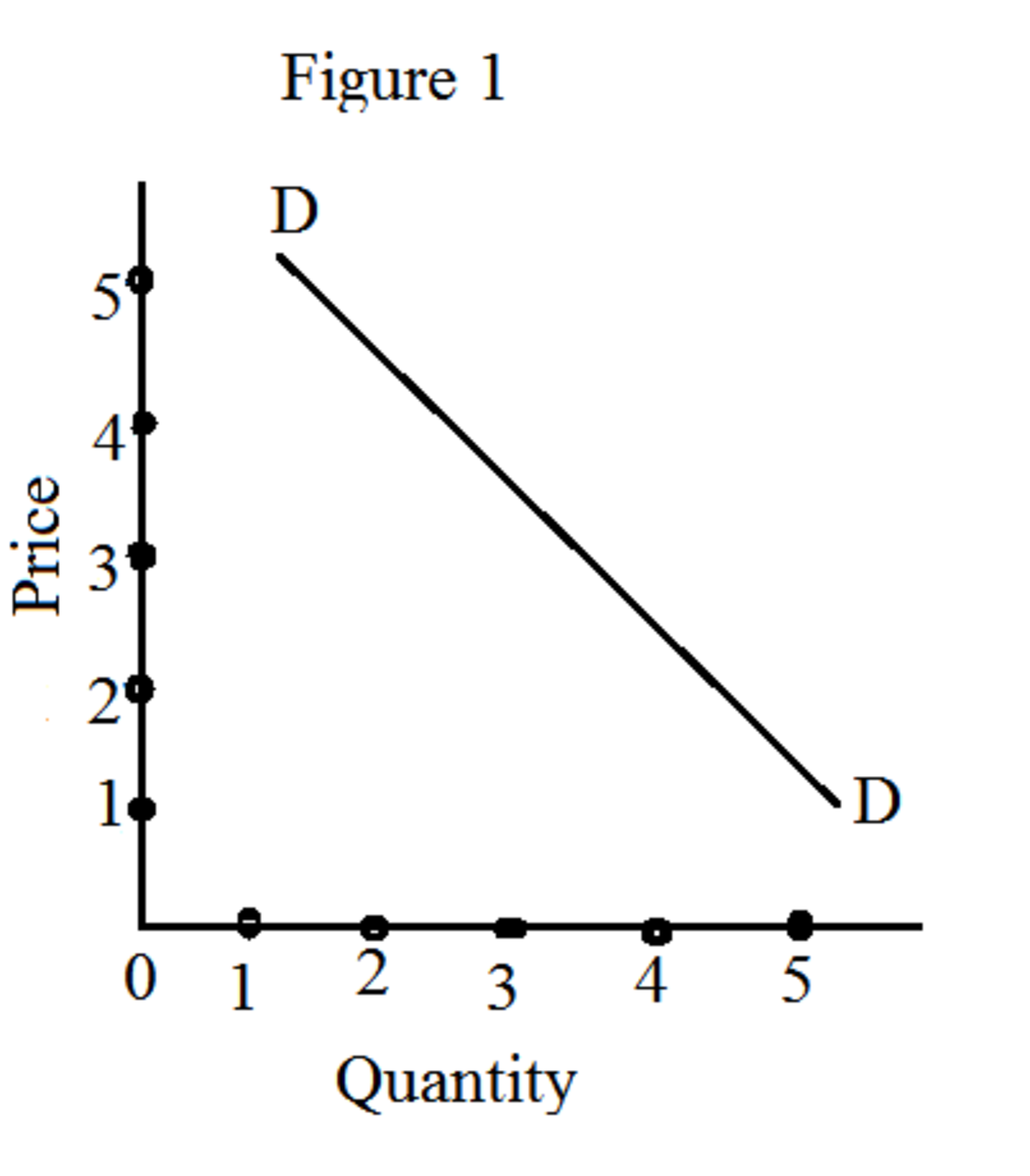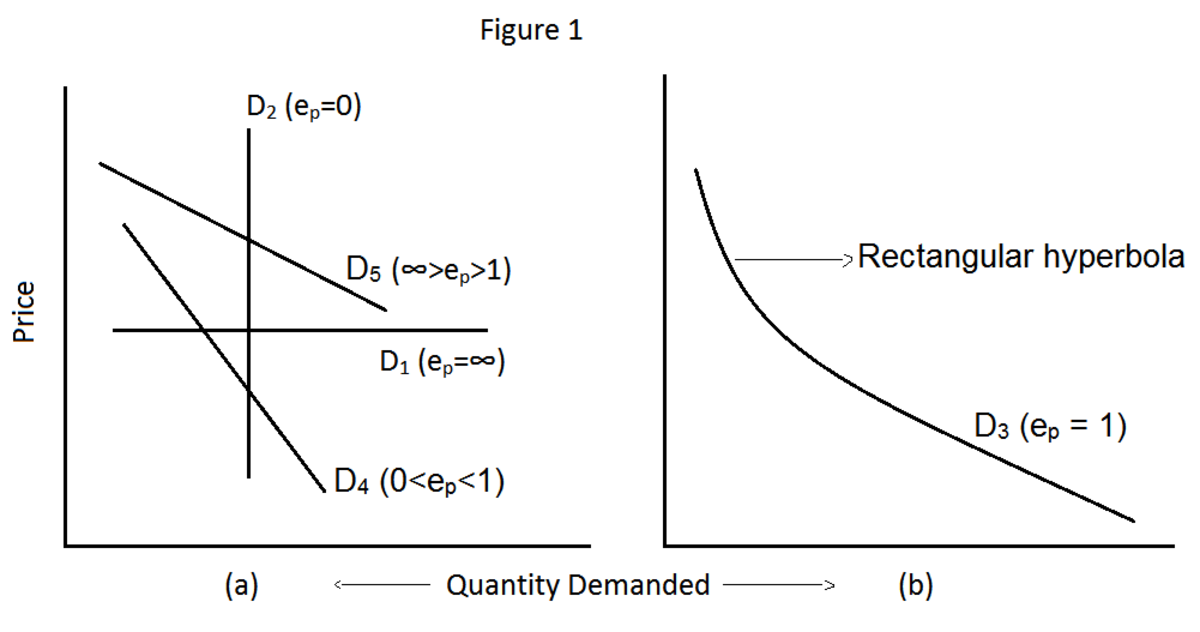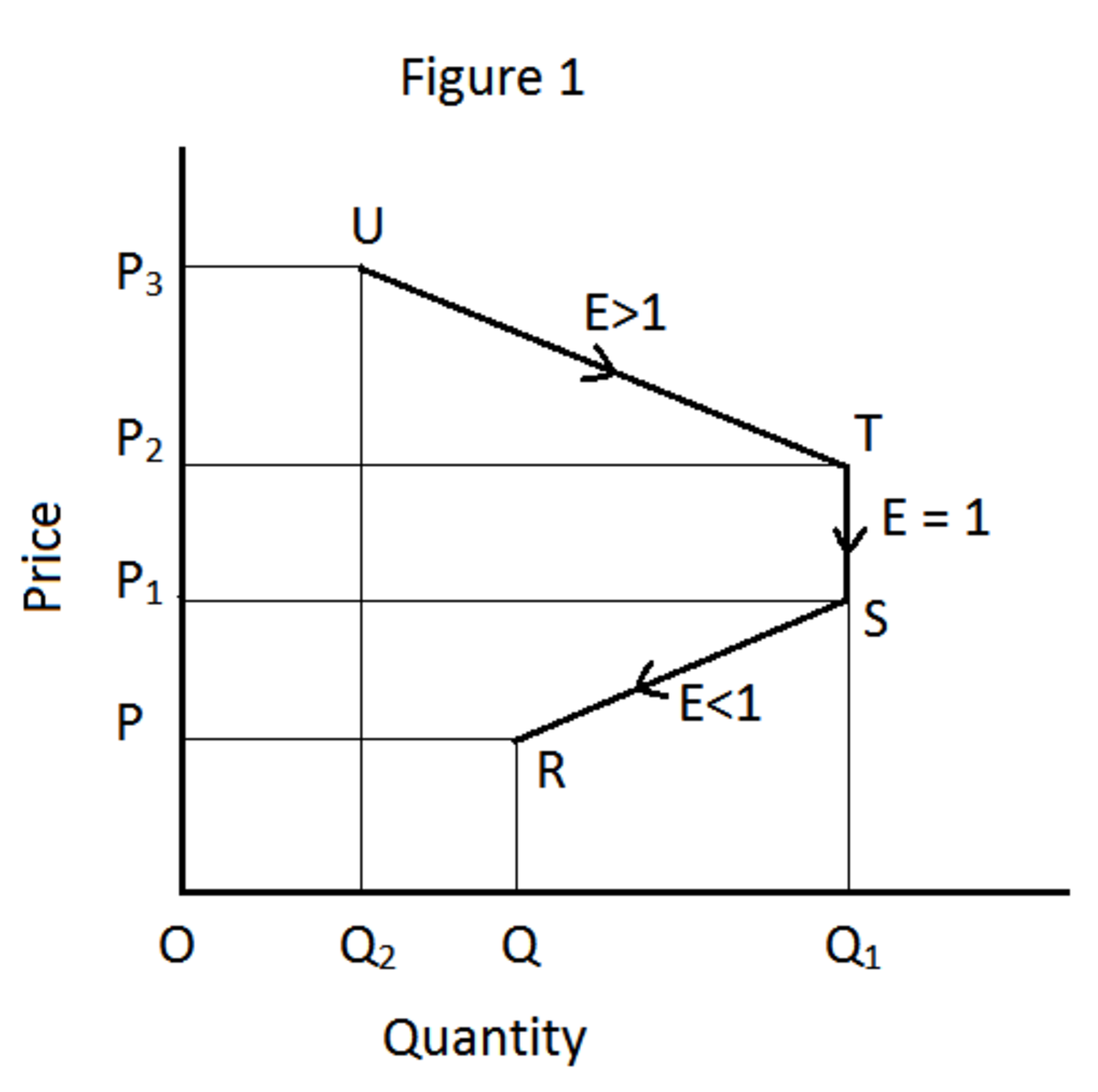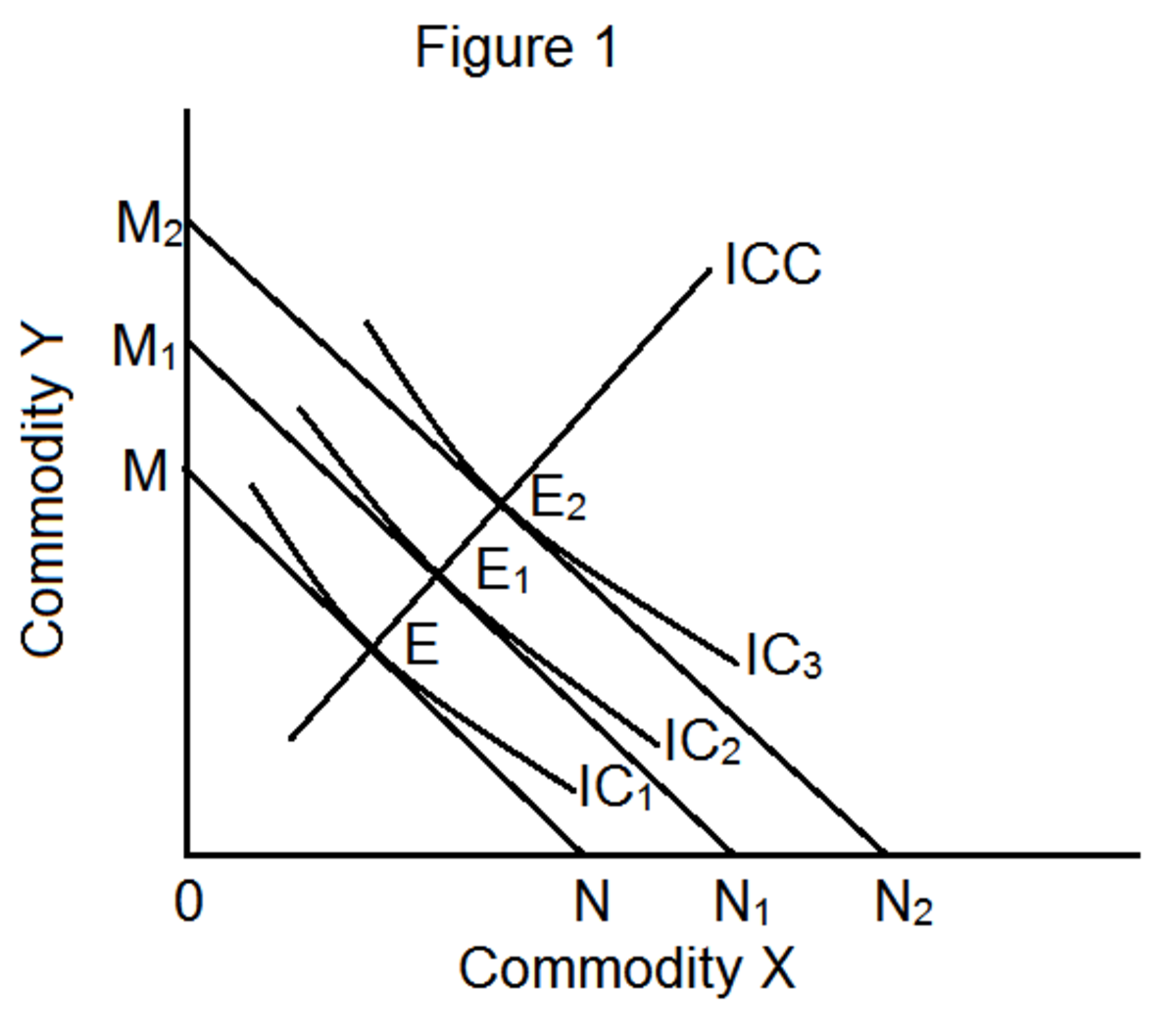INCOME ELASTICITY OF DEMAND AND HOW IT IS CALCULATED
Changes in consumer income causes changes in quantity demanded of a product. Whether the change in quantity demanded will be an increase or decrease depends on the nature of the commodity, whether the commodity whose quantity changes is a normal good, an inferior good or a necessity. A normal good is a commodity with a positive income effect, so that consumers buy more of such a product when their real income rises and less of it when their real income falls. An inferior good is a product with negative income effect, so that as consumers’ real income increases, they buy less of such a commodity. The type of products described as necessities have neutral income effect. For such a product increase in consumer income has no effect on quantity demanded. Salt is an example. For normal and inferior goods examples are not normally encouraged for the simple reason that what is an inferior good to someone, to another person may be a normal good. If your real income rises and you’ll normally demand more of a product, then to you that commodity is a normal. If a rise in your income makes you demand less of a product then to you that product is an inferior good.
Income elasticity of demand by definition is the degree of responsiveness of quantity demanded of a commodity to change in the income of the consumer. Is is measured by dividing the percentage change in quantity demanded by the corresponding percentage change in the income of the consumer. Income elasticity of demand (Ey) = (percentage change in quantity demanded) ÷ (percentage change in income).
Ey = (∆Q÷Q1) ÷ (∆Y÷Y1) = (∆Q÷∆Y) × (Y1÷Q1)
Where ∆Q and ∆Y are change in quantity demanded and change in income respectively and Q1 and Y1 are initial quantity demanded and initial consumer income respectively. Using the arc elasticity concept,
Ey = (∆Q÷∆Y) × (Y1 + Y2) ÷ (Q1 + Q2) where Y2 and Q2 are new income and new quantity demanded respectively. When there is an increase in income of the consumer, demand for normal goods increase, that of necessities remain unchanged while demand f inferior goods actually fall. A normal good therefore has positive income elasticity, inferior goods have negative income elasticity while a necessity has zero income elasticity.
For illustration, let’s assume that a consumer patronizes three products A, B, and C and the initial quantity demanded for all three products is 40 units. Assuming this consumer’s initial income is $200. Income increases to $300 and this consumer’s quantity demanded of good A increases from 40 to 60 units, that of good B remains unchanged and that of good C actually falls 40 to 30 units. We can calculate income elasticity for each of the three goods using the arc elasticity concept as follows:
For good A, Ey = (60 – 40) ÷ (300 – 200)×(200 + 300)÷(40 + 60) = (20÷100)×(500÷100) = 1
For good B, Ey = (40-40) ÷ (300-200) × (200 +300) ÷ (40+40) = 0.
For good C, Ey = (-10÷100) × (500÷70) = -0.7.
The absolute values (without the signs) as well as the signs of the results above convey a message about the three products A, B and C. The absolute value tells us whether the demand is income elastic, inelastic or unitary income elastic. When the absolute value is greater than one, it is income elastic and when less than one it is income inelastic and unitary income elastic when it is just equal to one as in the above example. When the value is negative the commodity in question is an inferior good so good C is an inferior good and since the absolute value is less than 1, good C has inelastic demand.
Good A is a normal good that has unitary elastic demand, and good B is a necessity because it has zero income elasticity. The demand for good B is perfectly income inelastic. This means a change in income will not cause any change in quantity demanded.









